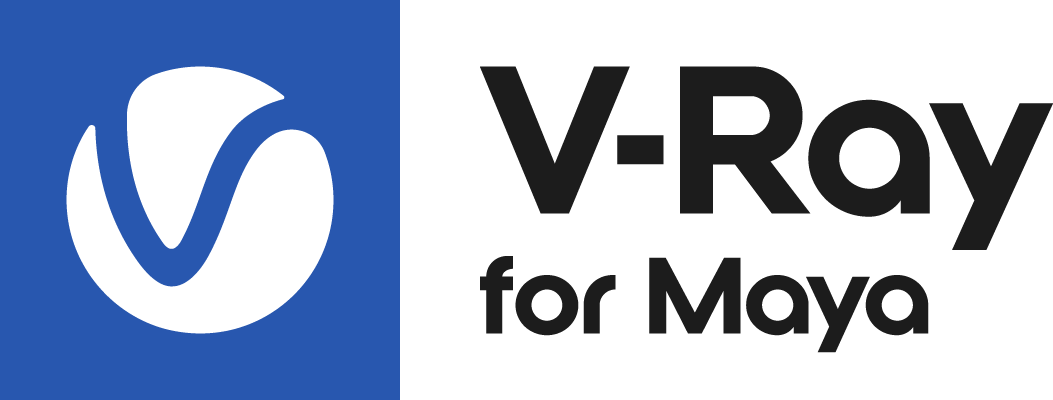This guide shows how to set a live-link connection from V-Ray for Maya, which runs on Linux or macOS, to Chaos Vantage, which runs on Windows.
Overview
Chaos Vantage requires Windows machines with compatible GPU cards to operate; however, a live link connection can be established from any machine, regardless of its hardware capabilities or operating system, as long as it supports V-Ray.
This article shows V-Ray for Maya running on Linux Rocky setup starting Chaos Vantage connection on a Windows machine. You can use the same steps to start the connection from a machine running on macOS or Windows.
Want to follow along but don't have a license?
V-Ray Setup on Non-Windows Machine
Open Maya on the Linux machine and set V-Ray as a renderer.
From the Render Settings, enable Distributed Rendering and open the DR Settings...
Turn off the Use local machine option, as a local render is not needed.
Add the IP address of the Windows machine where Chaos Vantage is running.
Set the Port number to the same one where Vantage is listening. By default, this is 20701.
Make sure to enable it with the Toggle status button.
All other host servers, such as localhost should be disabled.
Start the Connection
Start IPR in Maya.
The VFB opens; leave it open for the duration of the connection; otherwise, the connection stops.
Vantage loads the scene on the Windows machine. For the purpose of this tutorial, a Remote Desktop connection is used to view the Vantage window.
Make sure all scene-related assets are accessible from both machines. Currently, they are not transferred automatically.
You can adjust your scene from the Maya window and preview the changes live in Vantage. In this example, a light's intensity and temperature are enhanced.
Rendering Animation Sequence
To render an animation sequence, open the Render Settings in Maya on the Linux machine.
Open the Translator rollout in the Common tab. Enable Export to a .vrscene file and turn off the Render option. Choose a name and location for the .vrscene file.
Since we want to export the whole animation to the .vrscene file, set the animation start and end frames to be exported.
Then, start the export by pressing the render icon in Maya.
Ensure your Windows machine where Vantage is running has access to all scene-related assets for proper rendering.
Transfer the exported .vrscene file to a location where the Windows machine has access.
Go to File > Open Scene... and select the .vrscene file in Vantage.
You can further adjust the sequence settings in Vantage. See the Offline Rendering article for more information about the settings in Vantage.






